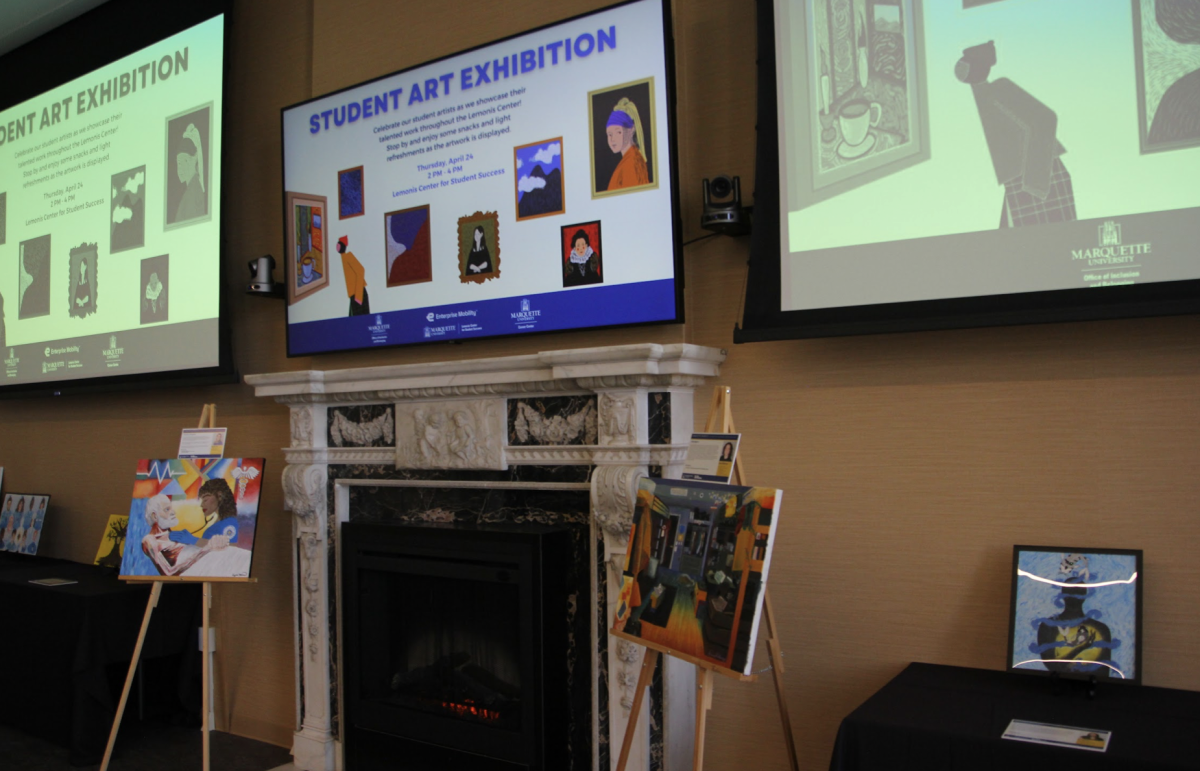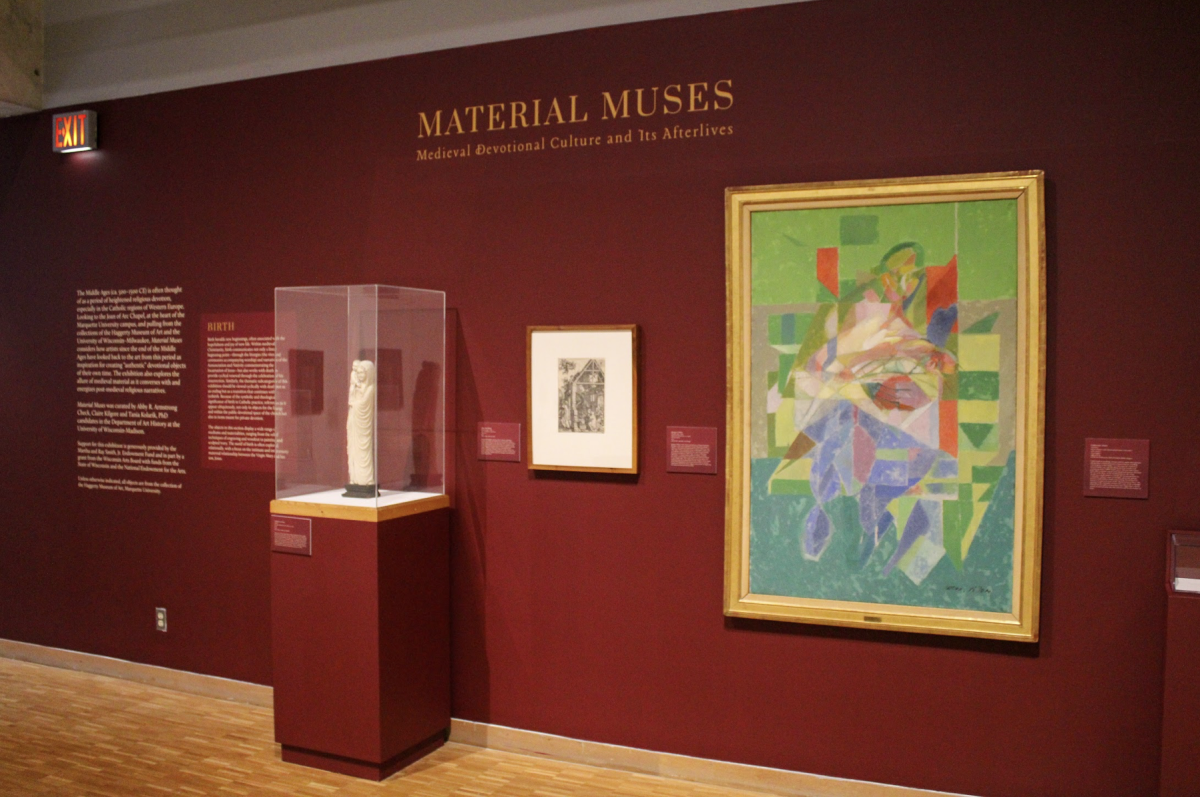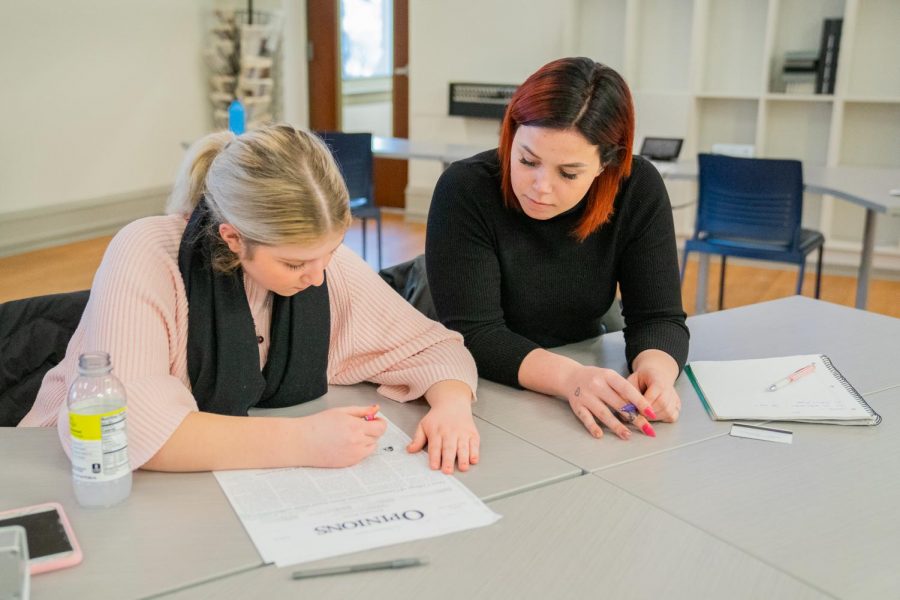 It is practically common knowledge that the music industry is one of the most unreliable sources of employment in the world. Ironically, the people who strive to lead an expressive existence are frequently denied that right. To prosper in the music industry today, a miracle is considered a prerequisite. For some, however, the undependability of such an industry is not enough to subdue their creative objective. The courage to pursue one’s passion amid the daunting presence of such uncertainty is something that is embodied by independent musicians. Without the assistance of a record label, these innovators developed means of making their careers successful. But just how pragmatic are these methods of self-sufficiency in relation to the entire population of aspiring musicians? For professional, independent musician Ari Herstand, it is quite practical.
It is practically common knowledge that the music industry is one of the most unreliable sources of employment in the world. Ironically, the people who strive to lead an expressive existence are frequently denied that right. To prosper in the music industry today, a miracle is considered a prerequisite. For some, however, the undependability of such an industry is not enough to subdue their creative objective. The courage to pursue one’s passion amid the daunting presence of such uncertainty is something that is embodied by independent musicians. Without the assistance of a record label, these innovators developed means of making their careers successful. But just how pragmatic are these methods of self-sufficiency in relation to the entire population of aspiring musicians? For professional, independent musician Ari Herstand, it is quite practical.
Herstand is an independent singer/songwriter based in Los Angeles, California. Herstand played over 600 shows, has continuously placed on the top ten charts of iTunes, and moreover, he has done it all as a DIY (Do It Yourself) musician. His music was even featured on such popular T.V. shows as “The Real World” and “One Tree Hill.” If Herstand’s success is any indication of the potential prosperity one can achieve by managing one’s own music career, then the choice to work independently should come to be more prevalent with each passing year.
“Tens of thousands of musicians are maintaining a career without a label,” Herstand said.
The success which Herstand approximates of the independent musician community is something he states was impossible just ten years ago. This is likely due to the considerable technological advancements which have taken place just over the past decade.
“These days, with all of the inexpensive home-recording software, artists are able to record their own music, even full albums,” Herstand said.
Accessible recording equipment at affordable costs almost seems to render professional recording studios relatively gratuitous. Before the convenience of home-recording technology, a musician’s only option was to record at an illustrious and outrageously expensive recording studio. This is precisely where, Herstand asserts, record companies became necessary.
“A label is a bank,” Herstand explains. “Traditionally, they provided the bulk amount of money an artist needed to record.”
However, as the accessibility of home equipment would suggest, extravagant studios are simply no longer necessary. Moreover, in regards to recording one’s music, the same can subsequently be said about record labels in general.
What the development of technology has done to compensate for the inconvenience of recording one’s music, it has also done for publicizing and distributing that music.
In particular, “social media has made it possible for musicians to promote themselves and connect with fans in a way that they have never been able to do before, and on a very personal level,” Herstand said.
With the use of such reputable social media websites as Facebook, Twitter and YouTube, musicians are not only able to establish a digital warehouse for all of their content, but they also can, in essence, fabricate a range of influence which can reach every part of the world.
“All it takes is the eagerness of being a musician, along with the availability of recording equipment,” said Michael Richter, a sophomore in the College of Engineering and an independent musician.
Along with his band Forty Cents Flat, Richter was able to advance his music career without the support of a record company.
“My band and I have the necessary equipment to record and distribute, we just rely on each other,” Richter explains. Like the majority of musicians who record at home, Forty Cents Flat uses an audio interface which allows them to record external sounds such as vocals and instrumentals onto their computer. The interface then converts the music from analogue to the necessary digital format.
Similar to Herstand, Richter extols the pursuit of one’s music career without the assistance of a record label, along with much of the same rationale. In fact, it was almost eerie to hear the commonalities among the advice that each musician offered. What was most interesting, were the few personal experiences that each individual shared, which depicted the truth to that advice.
“I remember uploading a video of my song on to YouTube,” recalled Patrick McCutcheon, a senior in the College of Arts and Sciences and an independent musician. “I wasn’t really expecting a lot of attention, but after just 24 hours, I had over 2000 views.”
The success of artists like Richter and Herstand demonstrates the potential effectiveness of social media in publicizing one’s music, as well as how possible it is to maintain a music career self-sufficiently.








